There’s an old rule in the world of wheels that says you don’t really know a vehicle until you’ve pointed it toward the horizon and let it ride. Not across town. Not through a dealership’s demo loop. I mean a real road trip, an 800-mile stretch of American blacktop, a truck stop coffee in one hand and a battery percentage in the other.
That’s where machines reveal themselves. And it’s precisely where Reddit user Rough-Reply1234 found herself, behind the wheel of her Ford F-150 Lightning on a Virginia-to-Florida run and back. What began as a straightforward test of range and comfort turned into a lesson on the limits of charging infrastructure and the impact of decisions made at 75 mph.
“My husband has had an EV for 3 years now, and I just recently converted myself, with a Ford F-150 Lightning.
We just took our first long road trip in the truck, and on our way back, forgot the lessons we first learned on our first trip with his VW ID.4 (which was replaced with the BMW iX after an unfortunate run-in with a deer).
TL;DR: For long road trips, avoid stretches with just a single fast charging network to choose from, and plan your route around areas with multiple options. Electrify America seems to be drastically throttling, maybe due to the heat, so avoid them if you can, and never ever put yourself in a position to rely on them. Always check your ABRP route against the actual network app to make sure your route has functional charges.
The long:
I-95, Virginia to Florida and Back, a trip we have made a number of times in an EV, has taught us many lessons. One wrong decision can create a cascade of events that add hours to your trip. Ask me how I know, lol.
So our first rule of the road trip: NEVER EVER include the Walterboro, SC, Electrify America charger in your trip. Just trust me on this. It isn't worth it. We have never gotten a decent charge there. We feel lucky if we can get the 75kw, but that is usually after waiting and jockeying for the one charger that might give it. I forgot this important rule, and yikes, it was an epic mistake.
‘A Better Route Planner’ is cool, but could be better. The chief issue: It includes chargers that have been down long-term. FPL Evolution has 2 charging stations near Palm Coast, and both are down along a fairly long stretch. Unfortunately, unwisely, we tried the first one before checking the evolution app itself, and realizing they were down.
We tried, for the first time, shorter charges because we were trying to make it to a certain city before a certain time, and it did NOT work out in our favor. It just doesn't work out when every EA charger along your route is throttled.
In total, our trip home, which included 3 Electrify America stops, ended up taking 3 additional hours longer than our trip down, when we didn't use EA. In the same truck. :/
If you happen to make this same trip, on our way down, we stopped at Buccee's in Florence, SC, which has very fast chargers. (And clean bathrooms. Their commitment to styrofoam is annoying, though, so BYOCup.) We then made it to Richmond Hill, GA, where we got a great fast charge at the TA Travel Center. Down to FPL Evolution in Yulee, which is super nice because there is a Wawa next door and it is only 30c. Besides Palm Coast, the FPL fast chargers have been nice and consistent. Just check the app for faults, and pick the fastest speeds.
On the trip down, it started with 90%. Arrived at destination with 80%. (No home charger at destination) Charged for 3.5 hours over those 800 miles, plugged in 6 times.
On the trip back, we plugged in 13 times. Charged for 5 hours. (Not including waiting and moving spots, which ate a ton of time.) Started at 90%. Arrived home with just 15%, three hours later than planned.
The trip down seemed like a breeze. The 30-40 minutes charges don't bother me at all when we only have to stop every couple of hours. I am a macro photographer, so I just get out and look for bugs to shoot. The trip home was absolutely brutal and stressful. We should have repeated our route down, but my husband didn't want to charge over 80% due to "throttling." Ha. Joke's on him. Turns out the entire second half of our trip was throttled, despite rolling up with 15% each time. ”
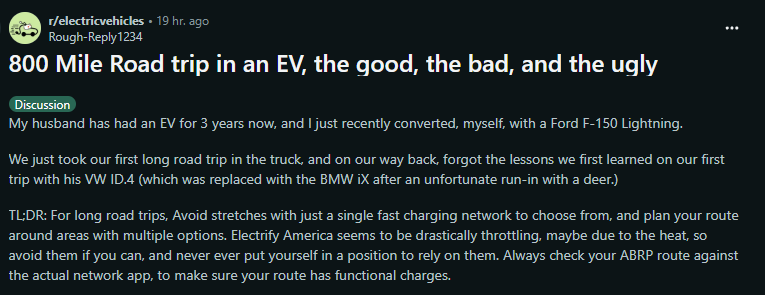
And there it is, road wisdom earned the hard way. The trip southbound was clockwork: six charging stops, 3.5 hours total, all made at well-placed and reliable stations like Buc-ee’s in Florence and the TA in Richmond Hill. The northbound leg? A different beast altogether. Thirteen stops. Five hours plugged in. Three hours added to the total trip time. The truck didn’t change, and the weather barely did. What shifted was infrastructure performance, specifically, Electrify America stations reportedly throttling charging speeds, perhaps due to summer heat or system strain. In EV terms, that’s the difference between cruising and crawling.
Understanding Electrify America’s Charging Throttling: What Every EV Driver Needs to Know
- Electrify America’s 350 kW fast-chargers use liquid-cooled cables, and when that cooling fails or underperforms, the charger self-throttles to protect hardware, even if your car is fully battery-conditioned
- EV owners frequently report that throttles set in after a few minutes, with speeds dropping to 50–80 kW despite low state-of-charge, while 150 kW units tend to remain unaffected
- Multiple forum users confirm that the issue commonly stems from charger-side faults (not vehicle software), with faulty or insufficient cooling being the root cause
- Electrify America acknowledges such performance limits: overheating triggers cable or station-level protections, which automatically throttle to uphold safety and equipment longevity
Now, let’s not pretend this is unique. Veteran EV drivers know the game. One Redditor, Captain_Aware4503, put it bluntly: “I always plan for the range to be 30–40% less and charge a little more than apps recommend. It adds a little time, but removes the stress.” Another, driving from Philadelphia to L.A. in an Audi e-tron, found that charging rates didn’t always match station specs; his 150kW-capable e-tron charged faster at 150kW EA units than it did at the 350kW ones. Temperature, battery state, and station health all play a role. And when any link in that chain is weak, it’s the driver who pays the toll.
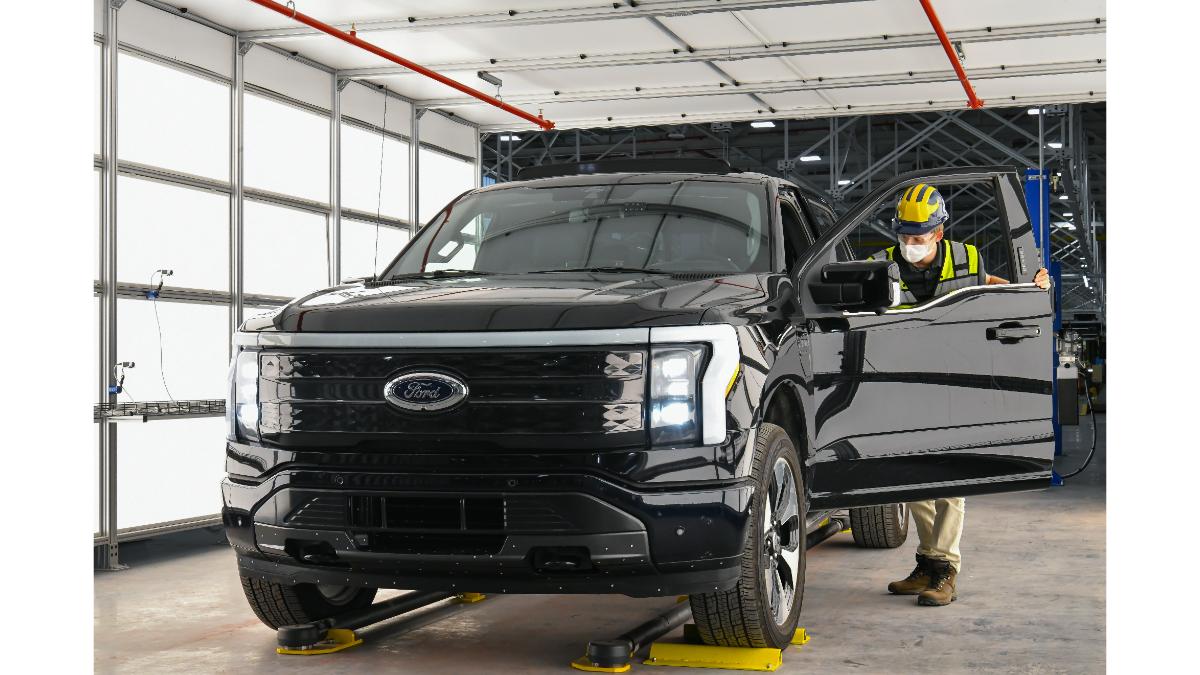
“A Better Route Planner” (ABRP) deserves a note here. Once a darling of early EV adopters, it's now a double-edged sword. Rough-Reply1234 noted it routed her to FPL Evolution chargers near Palm Coast that were down. That’s not just bad data; that’s a logistical failure. It’s like a Waze detour sending you through a cornfield. She learned, too late, to cross-reference ABRP suggestions with the actual charging app. The difference between a reliable charger and a ghosted plug? Hours.
How the Ford F-150 Lightning Shines When Charging Networks Perform
Still, for all the pitfalls, there were glimmers of what the future could look like. When things went right, Florence, Richmond Hill, Yulee, the Lightning charged fast, predictably, and without fuss. One stop even had a Wawa next door. “30 cents per kilowatt-hour,” she said, “and clean bathrooms.” And when the battery was full, she was off again, macro camera in hand, photographing insects while the electrons flowed. That’s the EV road trip at its best: different than gasoline, but not worse. Just... different.
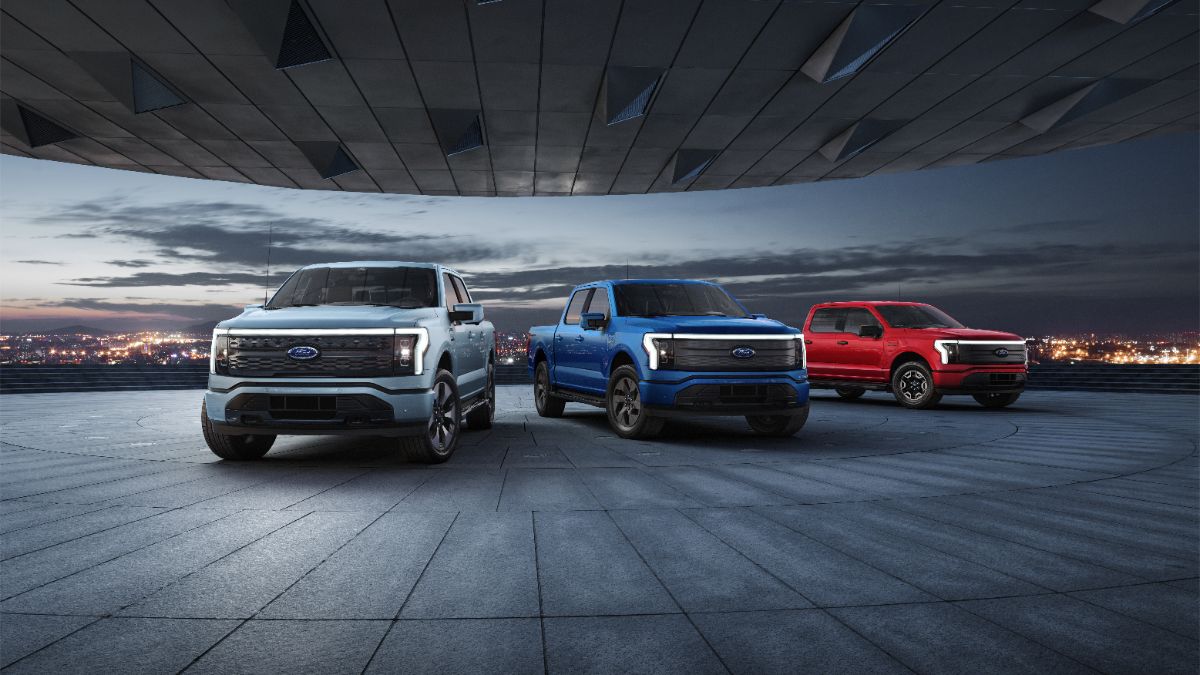
What’s striking is how consistent the truck itself remained. This wasn’t about Ford’s capabilities; this was about the network it depended on. When the infrastructure held up, the F-150 Lightning proved more than road-trip-worthy. But when throttling kicked in or a station went offline, that same capable machine became vulnerable. Not because of any failing on its part, but because the digital scaffolding around it still needs reinforcement.
Inside the Ford F-150 Lightning: Engineering Innovations Behind “Built-Ford-Tough”
- Chief Engineer Linda Zhang and her team began by deeply understanding what traditional truck buyers wanted, and what non-truck users avoided, by organizing interviews and focus groups to treat those avoidance factors as design goals
- To balance rugged function and modern aesthetics, designers preserved classic F‑150 lines while adding EV-specific refinements, like sculpted hoods, smooth grille area,s and aerodynamic running boards, giving it a familiar yet upgraded appearance
- The team iterated the powertrain (even resizing motors mid-process), optimized aluminum-frame weight, and achieved independent rear suspension to deliver durability, payload, and ride comfort
- Rigorous testing, over nine million road miles, extreme-condition towing, -40 °C battery cycles, and liquid cooling validation, ensured the Lightning retained the “built‑Ford‑tough” standard while introducing home-backup power and intelligent software features
And that’s the story here. Not failure. Not doom. Not a screed against Electrify America or the entire EV movement. This is field data from the frontline. A user experience log, as valuable as any engineering spec sheet or range test. Because while we can quote charging speeds and EPA estimates all day, nothing measures a vehicle's character like a few hundred miles under load, with real people and real consequences.
So no, this wasn’t a perfect trip. But that’s the beauty of it, because this is how electric vehicles mature. Through use, iteration, and feedback, not from inside the lab, but out on the interstates that built the American automotive dream. And if the Lightning owner’s story proves anything, it’s this: the truck is ready. The road is waiting. The grid just has to catch up.
Image Sources: Ford Media Center
Noah Washington is an automotive journalist based in Atlanta, Georgia. He enjoys covering the latest news in the automotive industry and conducting reviews on the latest cars. He has been in the automotive industry since 15 years old and has been featured in prominent automotive news sites. You can reach him on X and LinkedIn for tips and to follow his automotive coverage.








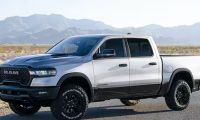
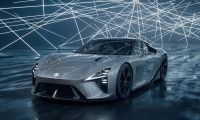
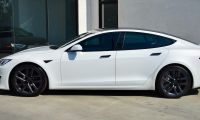
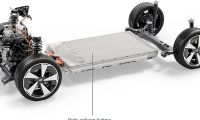
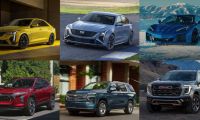
Comments
My 2004 B2300 suffers from…
Permalink
My 2004 B2300 suffers from NONE of these silly charging issues and concerns. Why complicate my life unnecessarily, right?
It's better to charge for a…
Permalink
It's better to charge for a shorter time and charge more often. I've been driving electric cars since 2011, and currently have a 2019 Kona EV. I have driven it to Kansas City, Orlando, and most recently to Dallas. I have to stop every couple of hours whether the car does or not, so I plan my stops at fast charge stations. I plan to arrive with 20 to 30% charge and generally don't charge much past 70%. I plug in when I arrive, and by the time I use the bathroom, get a snack, and stretch my legs, the car is ready. ABRP tries to route you for the fastest trip, but I plot everything out on Plugshare for convenience, not speed. Also, while charging, I'll check out my next scheduled stop to make sure it's working, and adjust if necessary. Driving an EV on a trip takes a different mindset than with a gas car. On my most recent trip of about 1200 miles each way, I made it in about the same time it takes me in a gas car. It's a learning experience.
Unneeded stress and anxiety…
Permalink
Unneeded stress and anxiety about charging and 15hrs to charge. Vs 2 gas stops of 20 minutes toral.
Not an issue with a Tesla…
Permalink
Not an issue with a Tesla. Charging stations automatically added and optimized and they always work. Not sure how the non Teslas suffer this in the US if they ever road-trip.
I will keep to my diesel…
Permalink
I will keep to my diesel thanks just jump in drive, pee stop, fuel stop, drive some more no worrying if the charge point is free or working or having to wait for someone to finish their shopping, will there be a charge point at my destination. Last long trip I did the nearest charge point to destination was 30 miles away, my pickup sat outside for 2 weeks, in frost and snow, and it was jump in start up, heater on full blast drive home no worries.
It has never been a problem…
Permalink
It has never been a problem for me personally, but I have arrived at broken equipment a few times that made me glad that I don't run the vehicle to 0.
Yep, when some arrive at the…
Permalink
Yep, when some arrive at the charging station they depart the vehicle without any knowledge on how long it will take to charge based on how charge is required, so when the vehicle is fully charged the vehicle just sits there blocking others from using it while they enjoy their 3 course service station dinner.
It’s now becoming a day out at the service station with your own parking reservation.